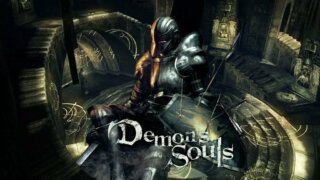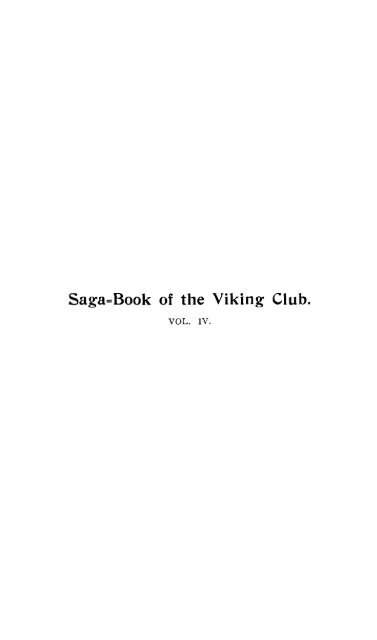Ulfric The Undying Mac OS
- Ulfric The Undying Mac Os Update
- Ulfric The Undying Mac Os Download
- Ulfric The Undying Mac Os Catalina
- Ulfric The Undying Mac Os X
I could use a faster Mac right now and the Mini is the most attractive to me out of Apple's lineup in terms of price/performance and thermals. A friend uses one for trading and tells me that it runs quite hot (no surprise as that's Apple's lineup today except for the Mac Pro). By John Siracusa. When we last left Mac OS X, it had reached the second developer preview release. The core technologies and APIs were all present, but the GUI remained troublingly unfinished. Due to potential programming changes, the minimum system requirements for Haunted Archimedes the Undying may change over time. Minimal requirements.


| Click here to return to the 'Review: Medal of Honor - Allied Assault' hint |
I agree on all you said, very good game. It runs nicely on my G4 466 with Geforce 3.
The multiplayer is also very well done, with large, realistic and well designed levels.
>but you can't command-tab out while its running
Just press Command-H (Hide).
Thanks ... didn't even think to try that one!
You do need to put the cd in the drive to start the game, however, once the game is loaded you can press (and hold) F12 to eject the cd. This does not affect gameplay adversely at all.
~alaric
Ulfric The Undying Mac Os Update
I think I knew that, but didn't write about it very eloquently ;-). Basically, I object to having to insert the CD in the first place, if it's not required for gameplay. That means I need to go dig it out of the shelf when I have 20 spare minutes for the game, and remove whatever I happened to be using at that point in time. Twenty minutes later, I reverse the process.
I'm all for protecting your investment in software development, but use a serial number key checked on the net or something (ala Quake3); requiring the CD is quite a pain...
-rob.
Ulfric The Undying Mac Os Download
Just want to say I play MOHAA on my iBook (600 MHz) and it runs great.
Is your iBook the Dual USB, 600 mhz, with the ATI128 Video card
with only 8 Megs of RAM?
I only ask as this is my machine. The only change from above is
that I have 640 MEGS of RAM.
I am currently playing Undying on my machine and it plays quite well.
I am really interested in MOH as my next purchase so I am interested
to hear what other iBook/8 MEGS VRAM users have to say!
Thanks!
Ulfric The Undying Mac Os Catalina
its really choppy on my ibook 700mhz with 640megs RAM and 16VRAM. I tried in os9 and is was a bit cleaner but still had issues. I was NOT playable. I couldnt send it back to bestbuy so i still have it. Anyone know how i can get it to run well? I had all the settings on LOW or OFF
Ulfric The Undying Mac Os X
| Mac OS X Update: Quartz & Aqua by When we last left Mac OS X, it had reached the second developer preview release. The core technologies and APIs were all present, but the GUI remained troublingly unfinished. At the recent MacWorld Expo in San Francisco (MWSF), Steve Jobs revealed in his keynote address that the Mac OS X DP2 GUI is not so much 'unfinished' as it is wholly unrelated to the GUI that will ship with the OS--a place-holder, if you will. The actual Mac OS X GUI was briefly demonstrated during the keynote, and it is a radical departure from traditional Mac OS. This article will review Jobs' Mac OS X GUI demonstration and explain the underlying technology that makes it possible, emphasizing what is so new and different about it, and what it means for Mac users and PC users alike. Before we start, let's briefly review Apple's latest marketing angle on the Mac OS X core. Core OS: The Latest Picture Before demonstrating the GUI, Jobs reviewed the Mac OS X architecture. The culmination of this review was yet another high-level block diagram of the OS:
Nothing has really changed since Mac OS X was first announced over a year ago, but the naming, emphasis, and ordering of the blocks has been altered to suit Apple's marketing goals. For example, the bottom-level block is now labeled 'Darwin.' Darwin is Apple's name for the open source distribution of the Mac OS X kernel. In previous diagrams, the bottom-level block was simply labeled 'Mach.' It's still Mach, of course, but the Darwin project also encompasses the BSD API layer--something that was previously shown as a separate block above Mach and alongside the other APIs like Carbon and Cocoa. These cosmetic changes saya few things. First, they emphasizes the fact that Darwin is to besynchronized with Mac OS X. The current Darwin release available at Apple'sweb site is somewhat behind Mac OS X's internal development, but Darwin willbe updated when Mac OS X ships to be exactly identical to the kernel in thecommercial release. This was announced long ago at an Apple World WideDeveloper Conference (WWDC), but it was not emphasized to the generalpublic. Consequently, many developers have looked at the Darwin project as asort of academic exercise, or as open source political posturing by Apple.Now it's clear that it's in developers' best interests to pay attention toDarwin. Even if they don't make direct contributions to the source code,just having the code on hand as a reference is a great aid to development(especially when contrasted with the classic Mac OS development experience,where many OS features were obscure 'black boxes' with spottydocumentation). Second, since the BSD APIs are part of Darwin (and therefore lose their own block in the diagram), this new view of Mac OS X de-emphasizes the BSD APIs. They're still there, and developers can still write to them, but the other APIs are more applicable to traditional Mac OS development. Similarly, Java lost its API block and was merely mentioned as an alternate language for Cocoa development. Again, this is more of a marketing change than a technological one. The (green) graphics layer of the diagram has also been changed. Open GL, QuickTime, and Quartz are listed alongside each other despite their significant differences. OpenGL is the 3D API everyone knows and loves. QuickTime is Apple's media architecture which encompasses everything from audio and video playback to a 3D API of its own (QuickDraw 3D) which exists at a level of abstraction far above OpenGL. Indeed, QD3D could conceivably be implemented on top of OpenGL. (Apple's RAVE API is used instead, but it's a moot point since QD3D is now defunct.) And Quartz, which will be detailed in the next section, is the lowest-level of Mac OS X's display system. Why are they side-by-side in the block diagram? Perhaps it makes for a less confusing overview for non-technical people. As mentioned earlier, the (purple) API layer now contains only the three C's: Classic, Carbon, and Cocoa. They're listed in the order that Apple expects developers to use them: Classic for existing Mac OS apps, Carbon for revised Classic apps that take advantage of Mac OS X's modern features, and Cocoa for developers interested in the latest revision of the object-oriented NeXT/OpenStep APIs. But it's the top layer that is entirely new. Previously, this block was evasively labeled 'Advanced Mac OS Look and Feel.' Exactly what that meant, no one knew. Knowledge of that block's existence led to significant hedging about the GUI present in Mac OS X DP2, but I don't think anyone expected something as radical as Aqua. Before we get to that, let's review what is really the most significant part of the Mac OS X GUI--that box that's been in the diagram for over a year and that not many people took notice of until Aqua showed what it could do: Quartz.
|
|